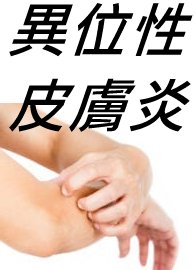| title | Zhenjiu Zisheng Jing |
| or | Classic of Nourishing Life with Acupuncture and Moxibustion |
This book is abbreviated as Zisheng Jing, written by Wang Zhi-zhong of the Song Dynasty. It covers the locations of back transport points, their indications, methods of acupuncture and moxibustion, and the selection of points for various diseases. It was written based on extensive references to previous acupuncture and moxibustion texts combined with the author's clinical experience. After its completion, the book was first published by Wang himself in Liyang (now Lixian, Hunan), with the exact date unknown. It was later reprinted in Hailing (now Taizhou, Jiangsu). By the fourth year of Shaoding, both editions were no longer extant. Zhao Lun, a court official and county magistrate of Liyang, republished it to ensure its wider dissemination.
The book consists of 7 volumes. Volume 1 discusses the names, locations, indications, and techniques of needling and moxibustion for acupoints, with a similar arrangement to the Tongren Acupoint Moxibustion Chart Classic. It records acupoints such as Dushu (BL16), Qihaishu (BL24), Fengshi (GB31), as well as 21 additional effective folk points like Meichong (BL3), nose, Dangyang (EX-HN2), and Bailao, which are not found in the Tongren Shuxue Zhenjiu Tujing. The book also provides valuable corrections for acupoints like Pohu (BL42), Dahui, Jugu (LI16), Zhaohai (KI6), Shenmai (BL62), Huangmen (BL51), and Jiuwei (CV15), and offers significant insights into the method of locating Zusanli (ST36). Volume 2 discusses precautions and general theoretical issues in acupuncture and moxibustion, such as "the necessity of combining acupuncture and moxibustion with medicine," "needling taboos," "dietary restrictions," "body cun," and "the number of moxa cones," emphasizing the principle of combining acupuncture and moxibustion with medicine. Building on previous experience, the book clearly proposes the "body cun" method, where the distance between the two transverse creases of the second segment of the middle finger is taken as one cun, a standard still in use today. Volumes 3 to 7 discuss point selection based on pattern identification for various diseases and specific needling and moxibustion methods, with rich content, especially highlighting the use of various moxibustion techniques. Zisheng Jing provides a comprehensive and systematic summary of the achievements in acupuncture and moxibustion before the Song Dynasty, exerting significant influence on later generations.
The main extant versions of the book include: the Yuan Dynasty Guangqin Shutang edition, the Ming Dynasty Zhengtong 12th year (1447) Ye's Guangqin Shutang copy, the Japanese Kanbun 9th year (1669) Murakami edition, the Siku Quanshu edition, and the 1959 punctuated edition by Shanghai Science and Technology Press.






